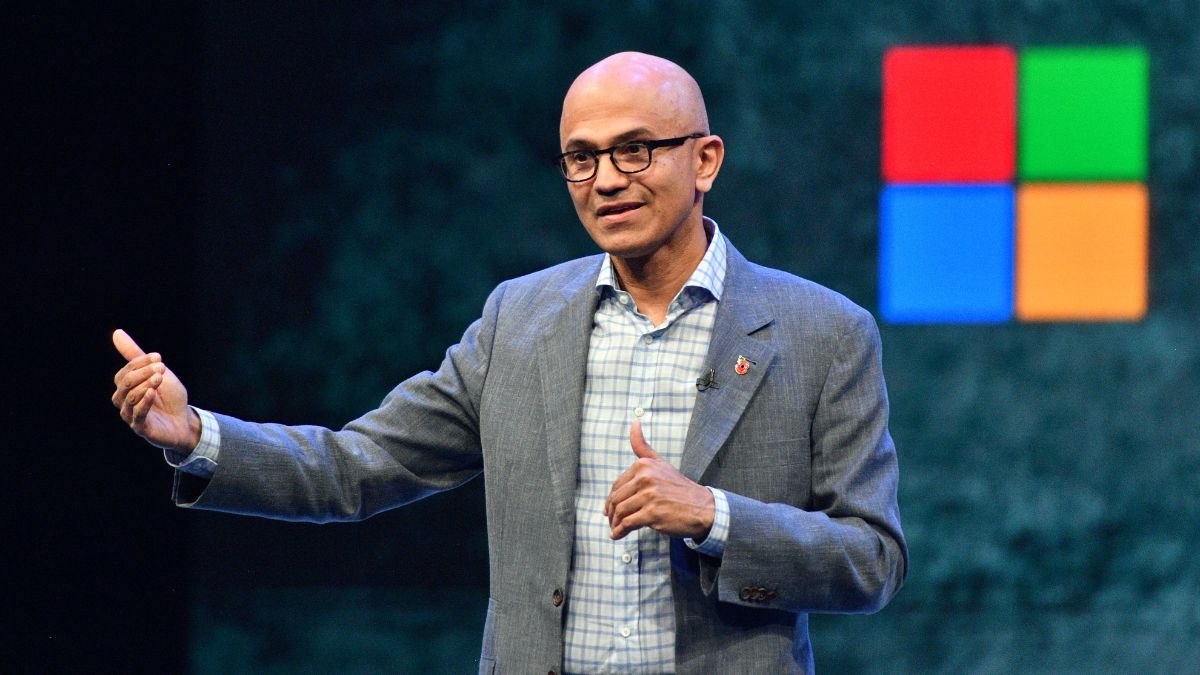Microsoft Cuts Jobs and Cancels Xbox Games Amid Major Restructuring

Microsoft Cuts Jobs and Cancels Xbox Games Amid Major Restructuring
Microsoft has announced significant organizational changes that will reshape its Xbox division and impact its gaming portfolio. As part of a broader strategy to streamline operations, the tech giant is cutting jobs and cancelling Xbox games, marking a pivotal shift in its approach to growth and management.
Microsoft’s Latest Round of Layoffs
On Wednesday, Microsoft revealed that it will lay off about 9,000 employees, affecting less than 4% of its global workforce. These job cuts will span across various teams, roles, and locations. This move is part of Microsoft’s continued effort to adjust its organizational structure to better compete in an evolving technology landscape.
The layoffs come just months after Microsoft eliminated more than 6,000 positions in May and at least 300 more in June, following smaller reductions in January 2025. In total, the company has now conducted several rounds of job cuts throughout the year. As of June 2024, Microsoft employed approximately 228,000 people worldwide.
This is not the largest layoff in Microsoft’s history. In 2014, the company cut 18,000 jobs following its acquisition of Nokia’s devices and services business.
Impact on Xbox: Games Cancelled and Teams Restructured
Phil Spencer, Microsoft’s CEO of Gaming, confirmed in a memo to employees that the Xbox division is cancelling certain games and reducing the scope of other projects. Spencer explained that these changes are essential to focus on strategic growth areas and to enhance organizational agility by removing unnecessary management layers.
“To position Gaming for enduring success and allow us to focus on strategic growth areas, we will end or decrease work in certain areas of the business and follow Microsoft’s lead in removing layers of management to increase agility and effectiveness,” Spencer wrote.
The cancellation of Xbox games is part of a broader plan to consolidate resources and prioritize key initiatives that align with Microsoft’s long-term vision for its gaming ecosystem.
Why Microsoft Is Reducing Management Layers
One of the driving forces behind the reorganization is Microsoft’s goal to simplify its management structure. Executives are working to reduce the number of managerial layers between frontline employees and top leadership to improve decision-making speed and operational efficiency.
This strategy mirrors the company's approach during the May layoffs, which aimed to flatten the hierarchy and enhance communication across teams.
A Microsoft spokesperson emphasized that these steps are crucial to adapting to a dynamic and competitive market, stating, “We continue to implement organizational changes necessary to best position the company and teams for success.”
Financial Performance Remains Strong
Despite the job cuts and game cancellations, Microsoft’s financial health remains robust. In the March quarter, the company reported nearly $26 billion in net income on $70 billion in revenue, outperforming Wall Street expectations.
Microsoft is projecting 14% year-over-year revenue growth for the June quarter, fueled by the continued expansion of Azure cloud services and corporate productivity software subscriptions.
On June 26, Microsoft stock closed at a record high of $497.45 per share, although it saw a minor dip of 0.2% on Wednesday following the layoff announcement.
Broader Industry Trends: Tech Layoffs Continue
Microsoft’s workforce reduction is part of a larger trend across the tech industry. Other software companies such as Autodesk, Chegg, and CrowdStrike have also announced layoffs in 2025. Additionally, payroll processing company ADP reported that the U.S. private sector lost 33,000 jobs in June, surprising economists who had expected job growth.
These widespread job cuts reflect a broader realignment in the tech sector, where companies are focusing on efficiency, core growth areas, and sustainable profitability.
Conclusion
The cancellation of Xbox games and significant job cuts at Microsoft underscore the company’s aggressive restructuring efforts aimed at staying competitive in the fast-changing tech landscape. By simplifying management, reducing costs, and focusing on strategic priorities, Microsoft is positioning itself for long-term success.
While these changes may disrupt some of its gaming plans in the short term, Microsoft’s financial strength and focus on key growth drivers like cloud services suggest that the company remains well-poised for continued leadership in the industry.
